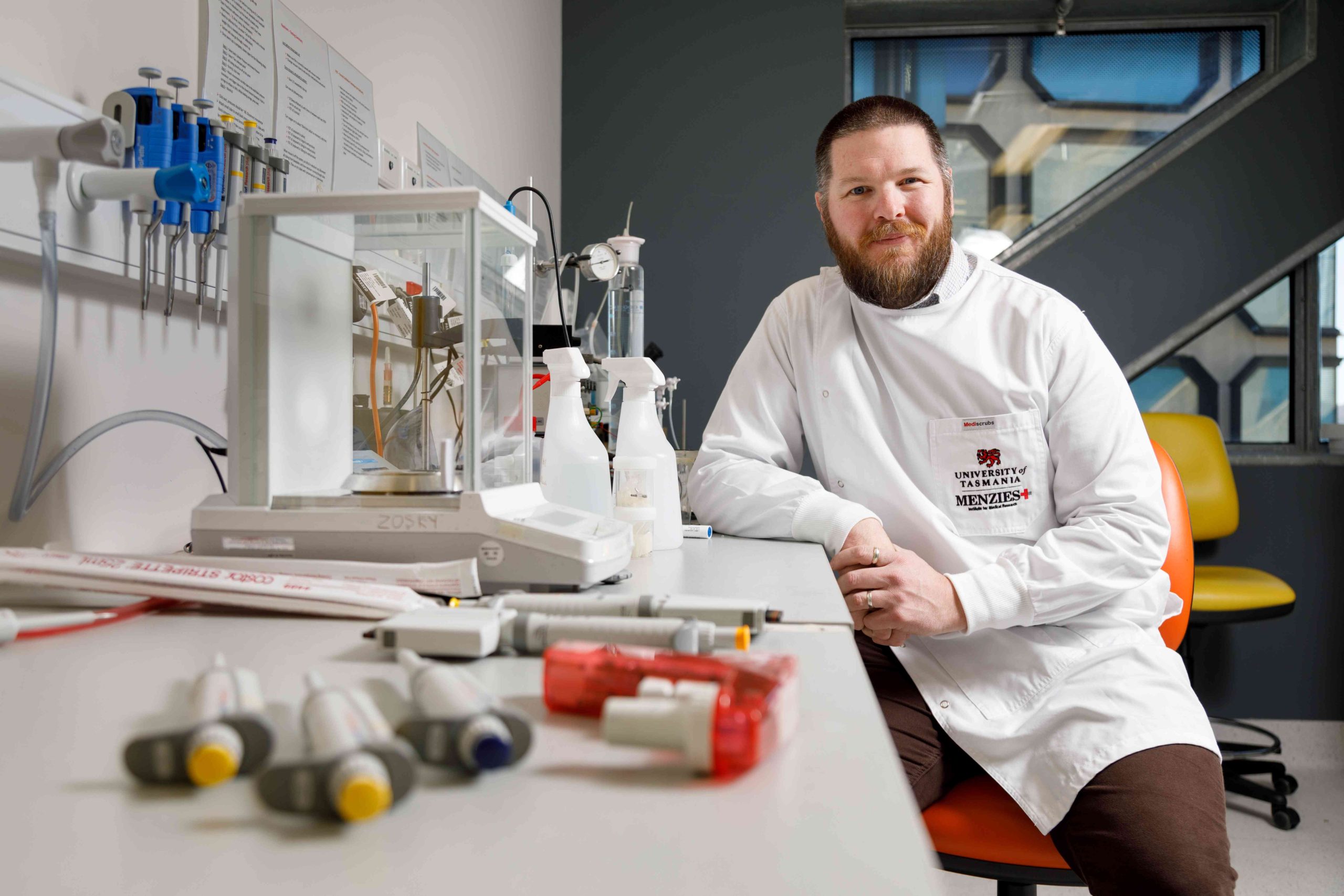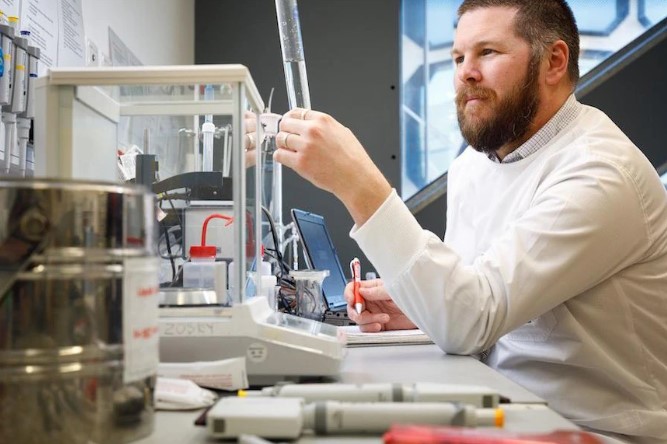
Chances are everyone knows someone working in the building industry - maybe you work, or have worked, in the industry yourself? Given the number of people this sector employs, construction has become the third largest industry in Australia and 2021 has seen Tasmania’s building and construction industry continue to boom even further.
A vital Tasmanian study, funded by the RHH Research Foundation in 2021, particularly hits home when knowing it could be you, your family or your friends that could be impacted by a shocking disease that can occur from just “going to work”.
Well-known local researcher, Prof Graeme Zosky, is leading this important Project Grant study, together with RHH respiratory medicine specialist Dr Nick Harkness. Prof Zosky is Deputy Director at the University of Tasmania’s Menzies Institute for Medical Research and also a Professor of Physiology at the School of Medicine. As a respiratory physiologist, his research looks at ways to better understand how our lungs function.
This is an essential and urgently-needed study that takes insight from Prof Zosky’s deep expertise in this area. We’ve discovered it is as compelling to our supporters as it is to the research team and those in the community that it stands to benefit. It has been generously supported by Blundstone Australia who knows that this local research will not only make a difference to so many Tasmanians, its impact will be felt by many in this industry, right across our country.
Relevance to Tasmanians
We know that exposure to dust from cutting artificial stone for benchtops used in kitchens throughout Tasmania is causing accelerated silicosis in more than 20% of workers. The aim of this project is to find new ways to prevent and treat this incurable, and often fatal, disease that is impacting Tasmanians at an accelerated pace. While we currently lack data specific to Tasmania, national studies suggest that 20-30% of workers involved in dry-cutting engineered stone have signs of silicosis.
What do we know?
Inhalation of dust from artificial stone benchtops, now almost universal in new kitchens, can cause silicosis – an incurable, debilitating lung disease that many of us would already have heard of in relation to working with asbestos. But unfortunately, this version of silicosis is more severe and progresses more rapidly compared to traditional forms of dust-induced lung disease which generally develop more slowly over a period of 20-30 years. Most workers with advanced silicosis created through exposure to artificial stone benchtop dust are typically young and have only been exposed to dust for 5-10 years.
What’s next?
The aim of this project is to identify the components of artificial stone that produce the most hazardous dust so that advances
can be made in regulating the industry and reducing the risk to workers. Importantly, this local team also aims to identify what happens in the lung when this dust is inhaled with the goal of identifying potential future treatments. Prof Zosky said he and his team are driven every day by the opportunity to conduct high quality research that is important to Tasmanians. We are proud to support their pursuits, we hope you will be too.
The Foundation’s purpose is to pursue better health for Tasmanians through research, but we can’t do this without your help.
Please consider if you can make a donation that will support not only Prof Graeme Zosky and his team, but so many other passionate researchers on their quest for better community health outcomes – it means so much to all of us.
